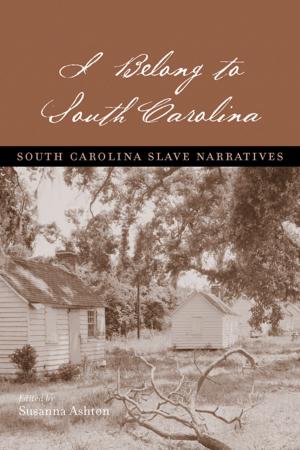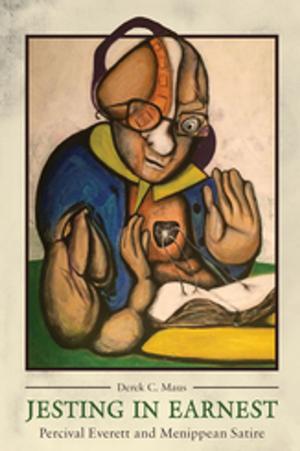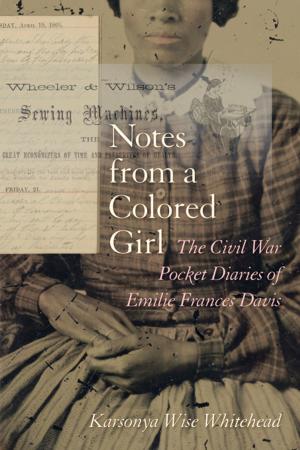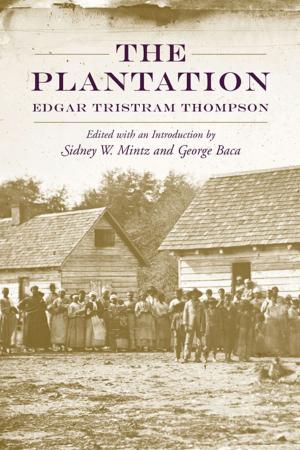Blood and Bone
Truth and Reconciliation in a Southern Town
Nonfiction, Social & Cultural Studies, Social Science, Discrimination & Race Relations, History, Americas, United States| Author: | Jack Shuler | ISBN: | 9781611174465 |
| Publisher: | University of South Carolina Press | Publication: | November 18, 2013 |
| Imprint: | University of South Carolina Press | Language: | English |
| Author: | Jack Shuler |
| ISBN: | 9781611174465 |
| Publisher: | University of South Carolina Press |
| Publication: | November 18, 2013 |
| Imprint: | University of South Carolina Press |
| Language: | English |
On the night of February 8, 1968, South Carolina state highway patrolmen fired on civil rights demonstrators in front of South Carolina State College, a historically black institution in the town of Orangeburg. Three young black men—Samuel Hammond, Delano Middleton, and Henry Smith—were killed, and twenty-eight other protestors were injured. Preceding the infamous events at Kent State University by more than two years, the Orangeburg Massacre, as it came to be known, was one of the first violent civil rights confrontations on an American college campus. The patrolmen involved were exonerated while victims and their families were left still seeking justice. To this day the community of Orangeburg endeavors to find resolution and reconciliation. In Blood and Bone, Orangeburg native Jack Shuler offers a multifaceted examination of the massacre and its aftermath, uncovering a richer history than the one he learned as a white youth growing up in Orangeburg. Shuler focuses on why events unfolded and escalated as they did and on the ramifications that still haunt the community. Despite the violence of the massacre and its contentious legacy, Orangeburg is a community of people living and working together. Shuler tells their fascinating stories and pays close attention to the ways in which the region is shaping a new narrative on its own, despite the lack of any official reexamination of the massacre. He also explores his own efforts to understand the tragedy in the context of Orangeburg's history of violence. His native connections gave him access to individuals, black and white, who have previously not spoken out publicly. Blood and Bone breaks new ground as an investigation of the massacre and also as a reflection by a proud Orangeburg native on the meanings of Southern community. Shuler concludes that the history of race and violence in Orangeburg mirrors the history of race relations in the United States—a murky and contested narrative, complicated by the emotions and motivations of those who have shaped the story and of those who have refused to close the book on it. Orangeburg, like the rest of the nation, carries the historical burdens of slavery, war, Reconstruction, Jim Crow, and civil rights. Blood and Bone exposes the ways in which historical memory affects the lives of ordinary Americans. Shuler explores how they remember the Orangeburg Massacre, what its meaning holds for them now, and what it means for the future of the South and the nation.
On the night of February 8, 1968, South Carolina state highway patrolmen fired on civil rights demonstrators in front of South Carolina State College, a historically black institution in the town of Orangeburg. Three young black men—Samuel Hammond, Delano Middleton, and Henry Smith—were killed, and twenty-eight other protestors were injured. Preceding the infamous events at Kent State University by more than two years, the Orangeburg Massacre, as it came to be known, was one of the first violent civil rights confrontations on an American college campus. The patrolmen involved were exonerated while victims and their families were left still seeking justice. To this day the community of Orangeburg endeavors to find resolution and reconciliation. In Blood and Bone, Orangeburg native Jack Shuler offers a multifaceted examination of the massacre and its aftermath, uncovering a richer history than the one he learned as a white youth growing up in Orangeburg. Shuler focuses on why events unfolded and escalated as they did and on the ramifications that still haunt the community. Despite the violence of the massacre and its contentious legacy, Orangeburg is a community of people living and working together. Shuler tells their fascinating stories and pays close attention to the ways in which the region is shaping a new narrative on its own, despite the lack of any official reexamination of the massacre. He also explores his own efforts to understand the tragedy in the context of Orangeburg's history of violence. His native connections gave him access to individuals, black and white, who have previously not spoken out publicly. Blood and Bone breaks new ground as an investigation of the massacre and also as a reflection by a proud Orangeburg native on the meanings of Southern community. Shuler concludes that the history of race and violence in Orangeburg mirrors the history of race relations in the United States—a murky and contested narrative, complicated by the emotions and motivations of those who have shaped the story and of those who have refused to close the book on it. Orangeburg, like the rest of the nation, carries the historical burdens of slavery, war, Reconstruction, Jim Crow, and civil rights. Blood and Bone exposes the ways in which historical memory affects the lives of ordinary Americans. Shuler explores how they remember the Orangeburg Massacre, what its meaning holds for them now, and what it means for the future of the South and the nation.















